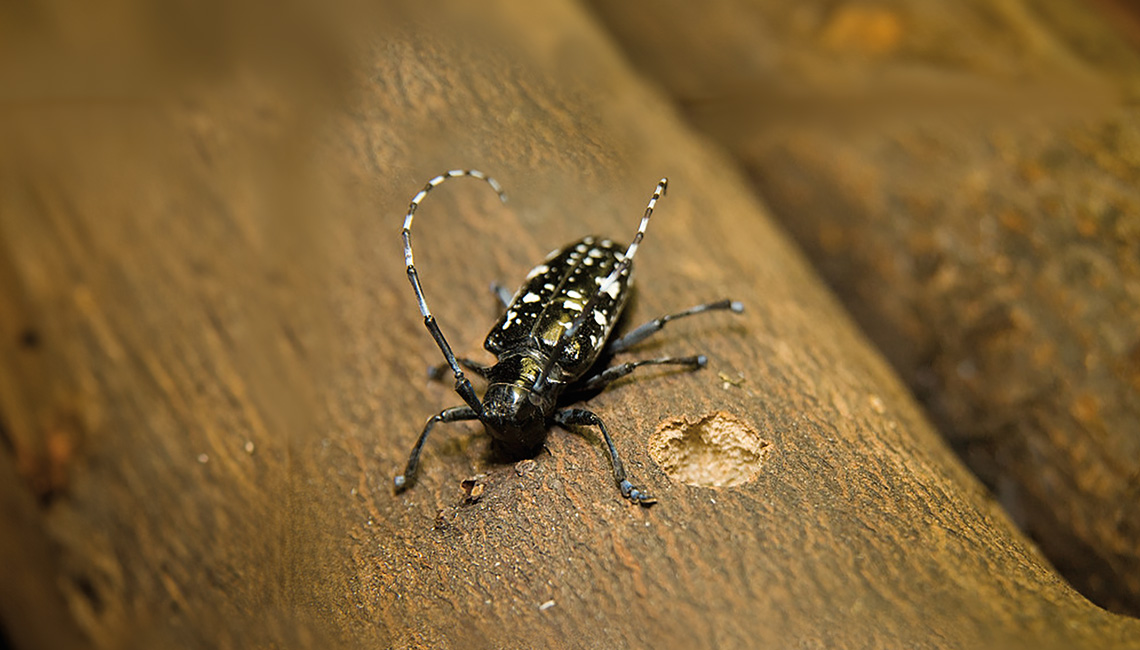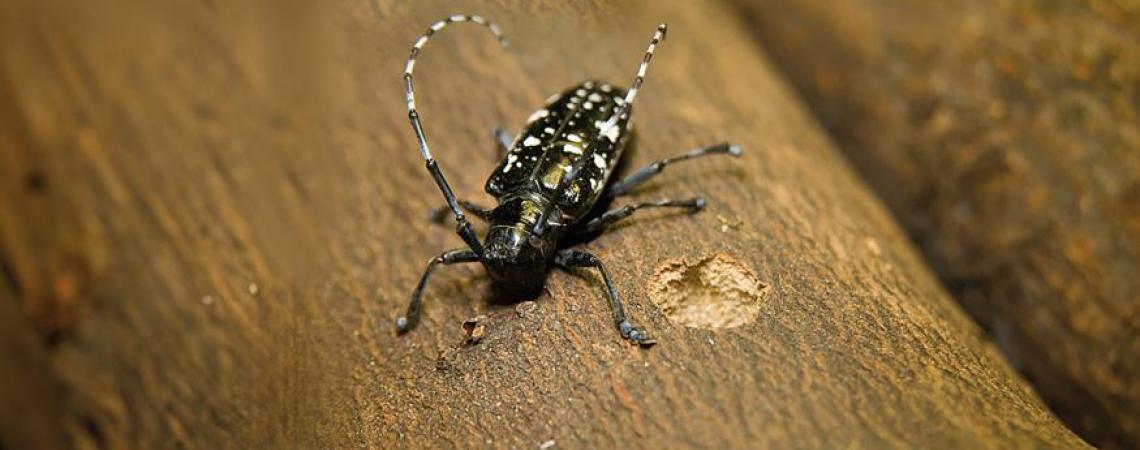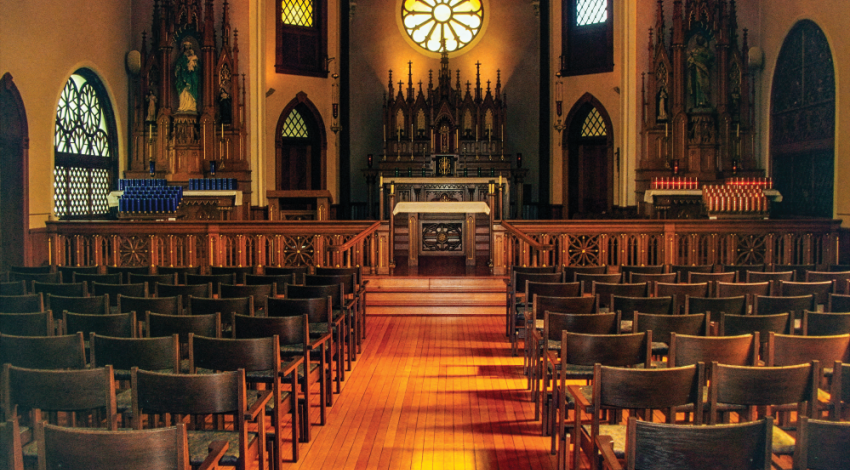Got trees? Most co-op members do. If you’re among that group, the U.S. Department of Agriculture wants you to be on the lookout for yet another invasive insect species attacking woods in the Buckeye State: the Asian longhorned beetle (ALB).
So far, more than 100,000 trees nationwide have been removed due to ALB infestation and damage, and if left unchecked, the damage will only become worse.
So far, more than 100,000 trees nationwide have been removed due to Asian longhorned beetle infestation and damage, and if left unchecked, the damage will only become worse.
The ALB is a wood-boring bug that attacks a dozen types of hardwood trees in North America, including maples, elms, buckeyes, birches, and willows. Infested trees do not recover. They then weaken and become safety hazards, especially during storms, and eventually die.
In its larval stage, the ALB feeds inside tree trunks and the branches of trees, creating tunnels as it feeds. Adults then chew their way out during the warmer months of the year, leaving telltale round exit holes about the size of a dime or slightly smaller. Once the adults exit a tree, they feed on its leaves and bark before mating and laying eggs.
If you think you’ve found a beetle or tree damage, call the ALB hotline at 866-702-9938 or submit a report at www.asianlonghornedbeetle.com. Try to photograph the beetle or tree damage. If you can, capture the beetle in a durable container and freeze it, which helps preserve the insect for identification, then report it. In addition, don’t relocate ALB host materials, such as firewood.
It is possible to eradicate the Asian longhorned beetle. To date, the ALB program has eradicated beetle infestations at East Fork State Park and Stonelick and Monroe townships in Clermont County, as well as in areas of New York, Massachusetts, New Jersey, and Illinois.
What to look for:
- A shiny black body, 1 to 1½ inches long, with white spots.
- Black and white antennae that are longer than the insect’s body.
- Six legs and feet that can appear bluish in color.
- Round exit holes in tree trunks and branches.
- Shallow, oval, or round wounds in the bark, where sap might weep.
- Sawdust-like material called “frass” found on the ground or on branches.
- Branches or limbs falling from an otherwise healthy tree.
W.H. “Chip” Gross is Ohio Cooperative Living’s outdoors editor. Email him at whchipgross@gmail.com.










